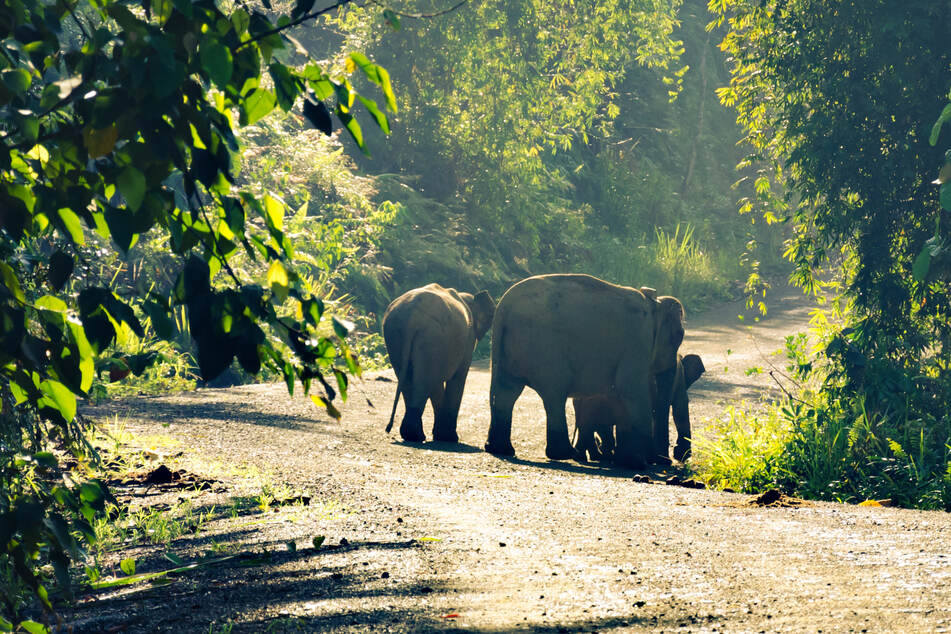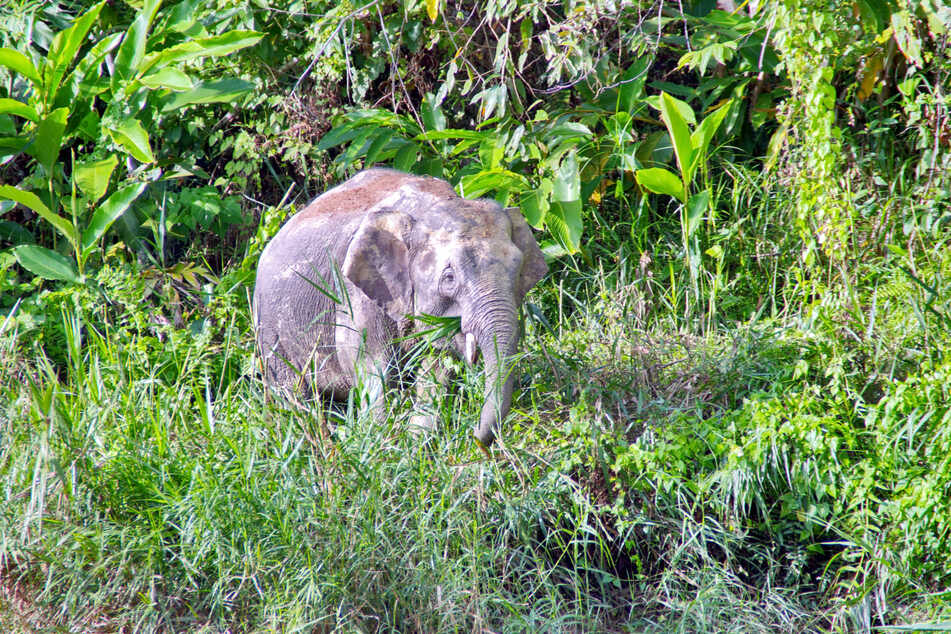This tiny elephant species is at risk of extinction
Borneo - The famous Bornean elephant, known for being the smallest in the world, are at severe risk of extinction, with a recent report finding that there are likely to be fewer than 1000 left in the wild.

A recent IUCN press release has revealed that the Bornean elephant has now been listed as endangered after research revealed that the elephant population is being driven to extinction by a variety of factors.
The International Union for Conservation of Nature (IUCN) made the decision after conducting an investigation that estimated that only about 1000 Bornean elephants are left remaining in the wild after more than 75 years in decline.
It is believed that the rapid decline in Bornean elephant populations is largely driven by deforestation in Borneo, as logging destroys a huge amount of the island nation's native and unique forests and ecosystems.
"As the human population has rapidly expanded in Sabah, elephants are entering human-dominated landscapes more often in search of food, where they may cause damage to crops and face retribution killing," the IUCN explained in their press release.
In addition, they identified that agriculture, as well as mining and infrastructure projects, are seeing Bornean elephant habitats face a steep degradation.
They also face the prospect of being poached for ivory, poisoned by agrochemicals, and hit by vehicles.
There's still hope for the Bornean elephant

The World Wildlife Fund (WWF) has defined the Bornean elephant as the "smallest Asian elephant subspecies," known for only standing around 7–10 feet off the ground. DNA evidence cited by WWF also suggests that they diverged from other Asian elephant breeds about 300,000 years ago.
Luckily, there is still hope that this ancient elephant species may be capable of surviving despite its steep population decline. In particular, scientists and conservationists are looking towards private organizations and government to help conserve the Bornean elephant.
Benoit Goossens, a wildlife biologist at Cardiff University, was cited by the BBC as conveying a message of hope to the beleaguered species: "The message of hope is that there are many organizations in Sabah, including the government, that are working very hard to conserve the elephant."
The hope is also that by having the Bornean elephant listed by the IUCN Red List as in critical danger, more action will be galvanized to begin widespread efforts to save the species.
Such action has already begun, with Augustine Tuuga, a member of the IUCN SSC Asian Elephant Specialist Group, being quoted in the press release as saying, "The last two decades have seen extensive efforts both to understand and to conserve Bornean elephants."
"These activities are vital to secure a future for this subspecies and to allow for smooth socio-economic development of the areas where the elephants are roaming."
Cover photo: IMAGO/Dreamstime
